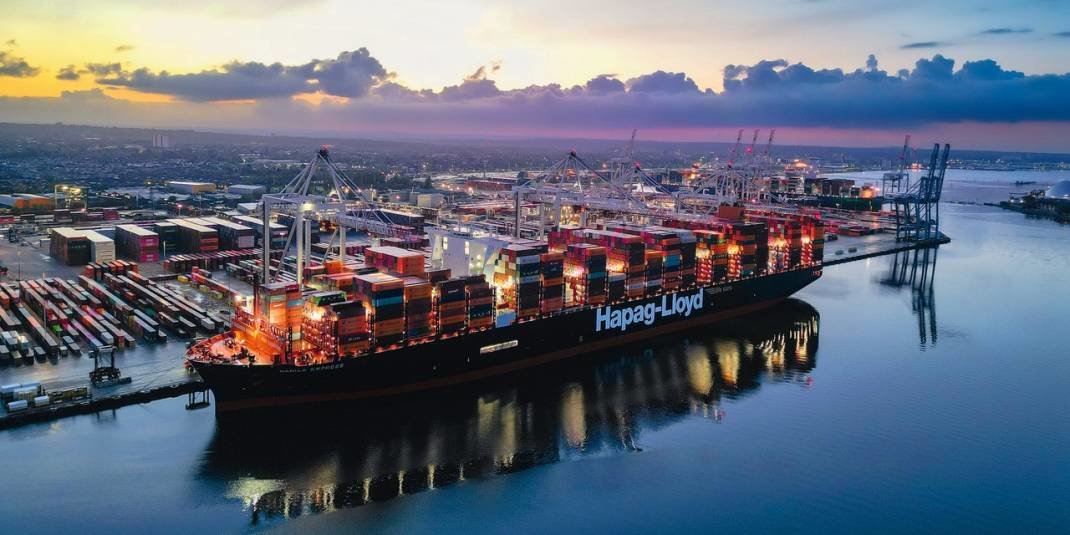
Australia-bound U.S. Exports Face New VGM Discrepancy Penalties Amid Weighing Mismatch
Carriers warn U.S. shippers to submit Verified Gross Mass post gate-in as Australian terminals may impose fines for differences of over one tonne
U.S. exporters sending containerised goods to Australia are facing an elevated compliance risk following advisories that Australian terminals may impose penalties for declared Verified Gross Mass (VGM) figures that differ by more than approximately ±1 tonne from the actual weight recorded at the port of discharge.
The discrepancy arises in many cases because U.S. terminals calculate VGM including the truck and chassis weight, while Australian terminals weigh the container alone — excluding the truck and chassis.
As a result, a container whose weight is declared in the U.S. under one methodology may appear overweight or underweight when weighed at arrival in Australia.
Global carrier releases indicate that any penalties issued by Australian terminals in these cases cannot be absorbed or waived by the carrier, placing full liability on the shipper.
To reduce exposure, shippers are being strongly advised to submit the VGM via the carrier’s official system only after the container has gated in at the port of loading — ensuring that the weight reflects the container as delivered rather than pre-loaded equipment weights.
Australia’s maritime regulator, the Australian Maritime Safety Authority (AMSA), stipulates under Marine Order 42 that shippers must provide an accurate VGM before loading a container onto a vessel and that it must be stated in shipping documents.
The regulator emphasises that the gross mass recorded must reflect the packed and sealed container as it will ship, obtained through one of two recognised methods.
Industry sources note that Australian stevedores are increasingly enforcing a threshold of around ±1 000 kg discrepancy, above which surcharges or rejection of the container may occur.
The mismatch of methodologies between origin and destination is cited as a root cause of such penalties rather than deliberate mis-declaration.
For U.S. exporters whose origin terminal weights include truck and chassis, but whose destination terminal strips out that weight, this creates an inherent risk of being flagged for variance.
The recommended action is clear: once the container has gated in at loading, shippers should weigh the container (or calculate correctly) and submit the VGM through the carrier’s platform rather than rely on earlier estimates.
Failing to comply properly may trigger financial penalties, shipment delays or refusal of loading.
Exporters are encouraged to audit their internal processes, review the point at which VGM is declared, and engage their carrier or freight-forwarder to align on calculation and submission timing.
With the global shipping industry under constant pressure to maintain safety, accuracy of container weights remains critical.
Australia’s approach signals growing stringency on compliance and reinforces the importance of harmonised weighing and reporting practices across jurisdictions.
The discrepancy arises in many cases because U.S. terminals calculate VGM including the truck and chassis weight, while Australian terminals weigh the container alone — excluding the truck and chassis.
As a result, a container whose weight is declared in the U.S. under one methodology may appear overweight or underweight when weighed at arrival in Australia.
Global carrier releases indicate that any penalties issued by Australian terminals in these cases cannot be absorbed or waived by the carrier, placing full liability on the shipper.
To reduce exposure, shippers are being strongly advised to submit the VGM via the carrier’s official system only after the container has gated in at the port of loading — ensuring that the weight reflects the container as delivered rather than pre-loaded equipment weights.
Australia’s maritime regulator, the Australian Maritime Safety Authority (AMSA), stipulates under Marine Order 42 that shippers must provide an accurate VGM before loading a container onto a vessel and that it must be stated in shipping documents.
The regulator emphasises that the gross mass recorded must reflect the packed and sealed container as it will ship, obtained through one of two recognised methods.
Industry sources note that Australian stevedores are increasingly enforcing a threshold of around ±1 000 kg discrepancy, above which surcharges or rejection of the container may occur.
The mismatch of methodologies between origin and destination is cited as a root cause of such penalties rather than deliberate mis-declaration.
For U.S. exporters whose origin terminal weights include truck and chassis, but whose destination terminal strips out that weight, this creates an inherent risk of being flagged for variance.
The recommended action is clear: once the container has gated in at loading, shippers should weigh the container (or calculate correctly) and submit the VGM through the carrier’s platform rather than rely on earlier estimates.
Failing to comply properly may trigger financial penalties, shipment delays or refusal of loading.
Exporters are encouraged to audit their internal processes, review the point at which VGM is declared, and engage their carrier or freight-forwarder to align on calculation and submission timing.
With the global shipping industry under constant pressure to maintain safety, accuracy of container weights remains critical.
Australia’s approach signals growing stringency on compliance and reinforces the importance of harmonised weighing and reporting practices across jurisdictions.











